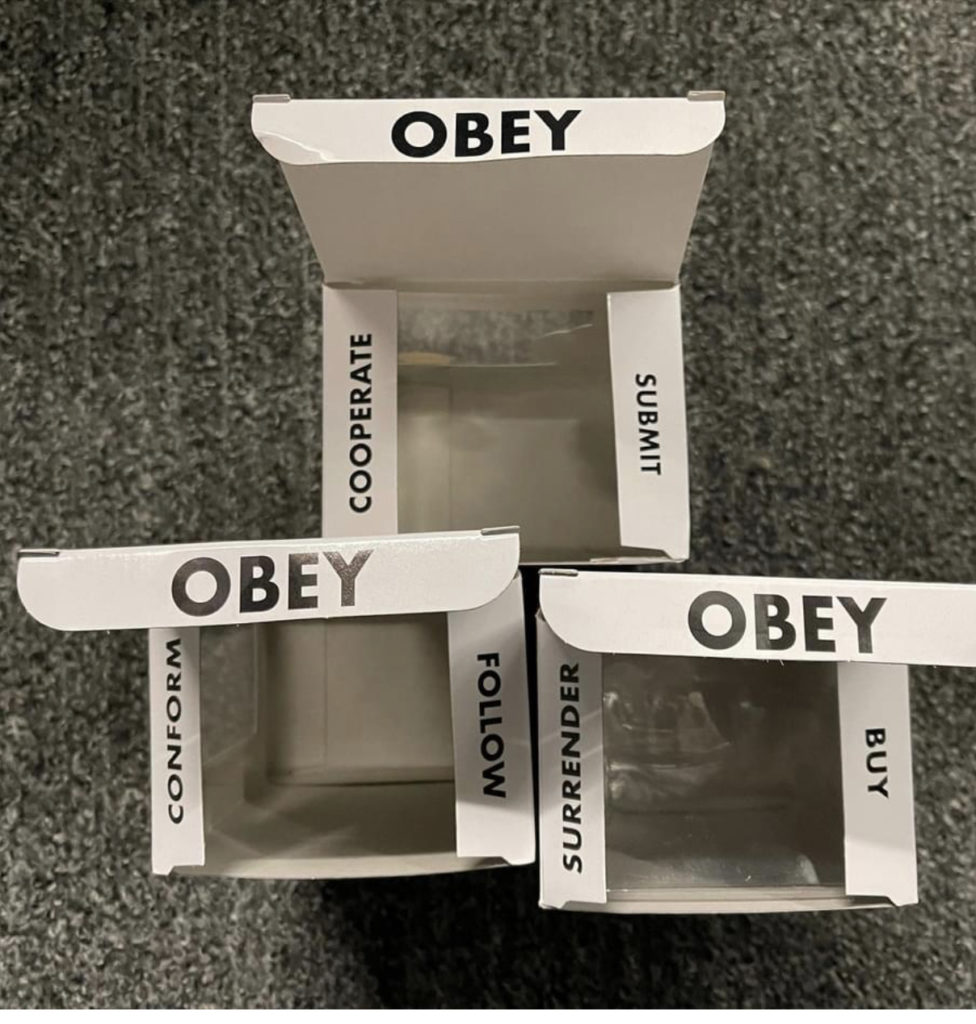
There are times in life when you encounter difficulties or roadblocks.
It doesn’t matter WHY you feel that way, you only know that you don’t like them. Only YOU control your feelings. Nobody else.
Letting someone else control your feelings only means that YOU made the decision to let them.
It doesn’t matter if the lemon(s) came from your professional or personal life.
If eating the lemon is what YOU have to do to achieve your goal, maybe just eat it. But make it YOUR choice.
Eating that lemon. Trying something new. Having the courage to do exactly that and then making a decision is all that matters.
Everyone had to eat that first lemon.
Whether you decide to eat more is a personal choice. Don’t let someone else make that decision for you.

